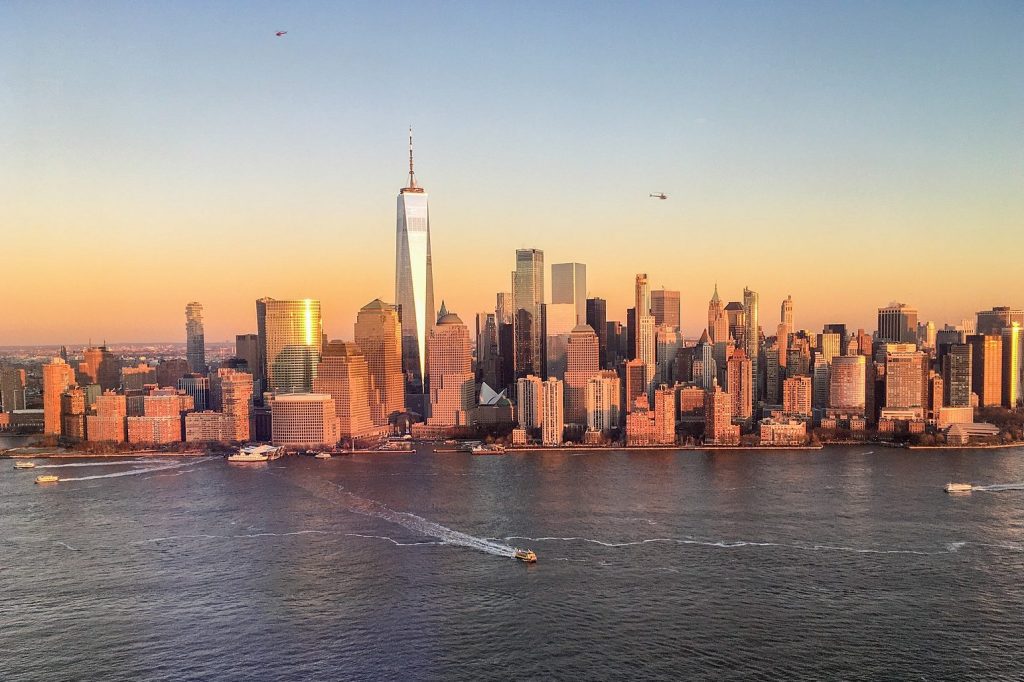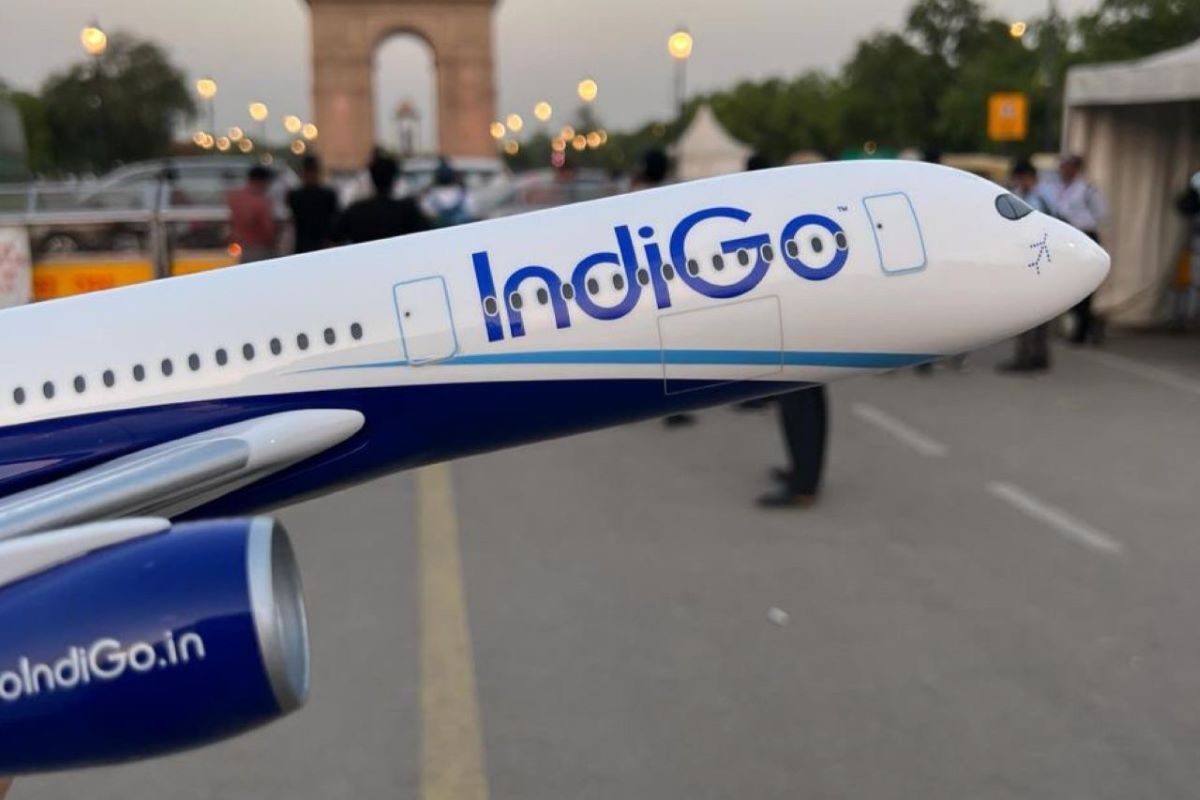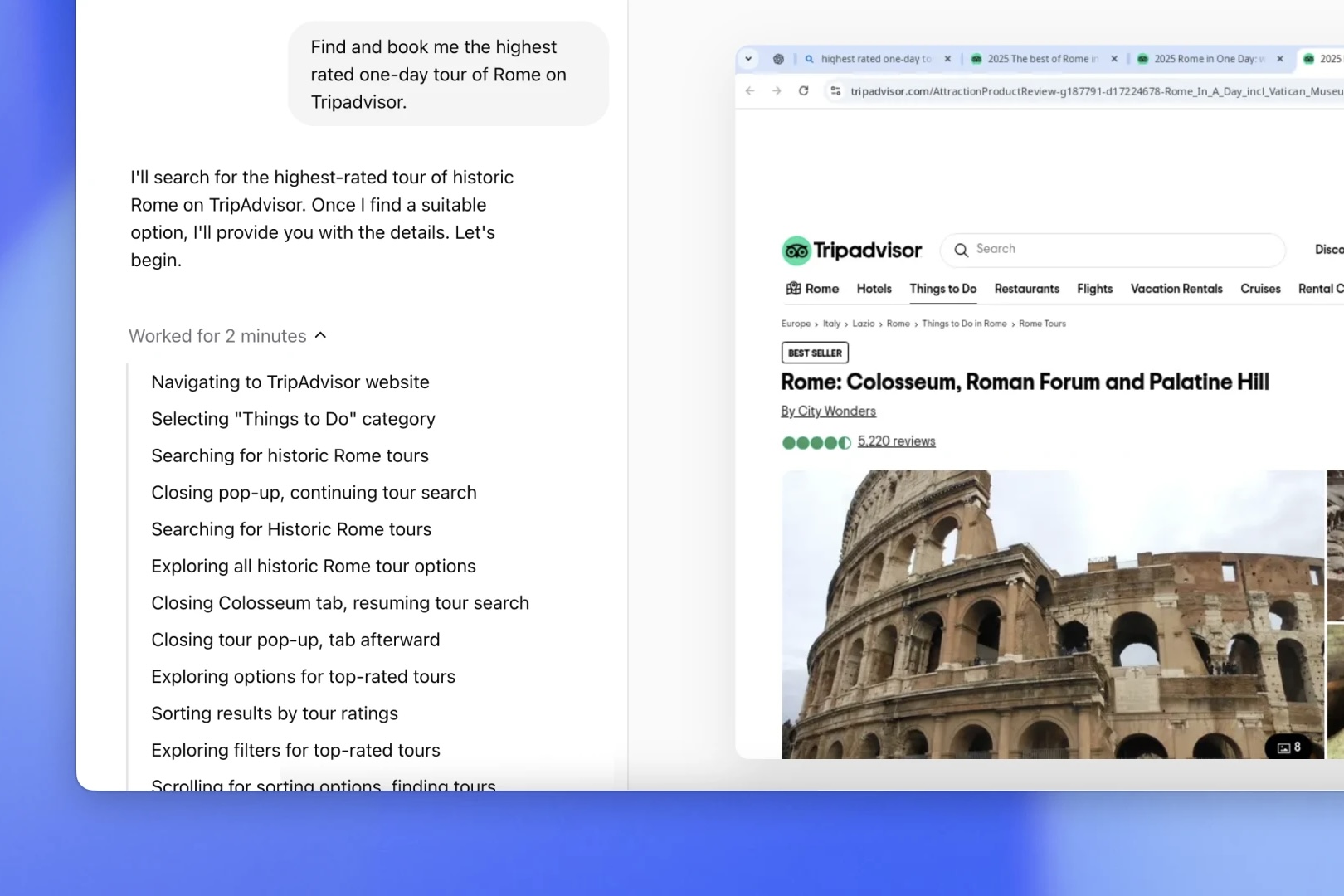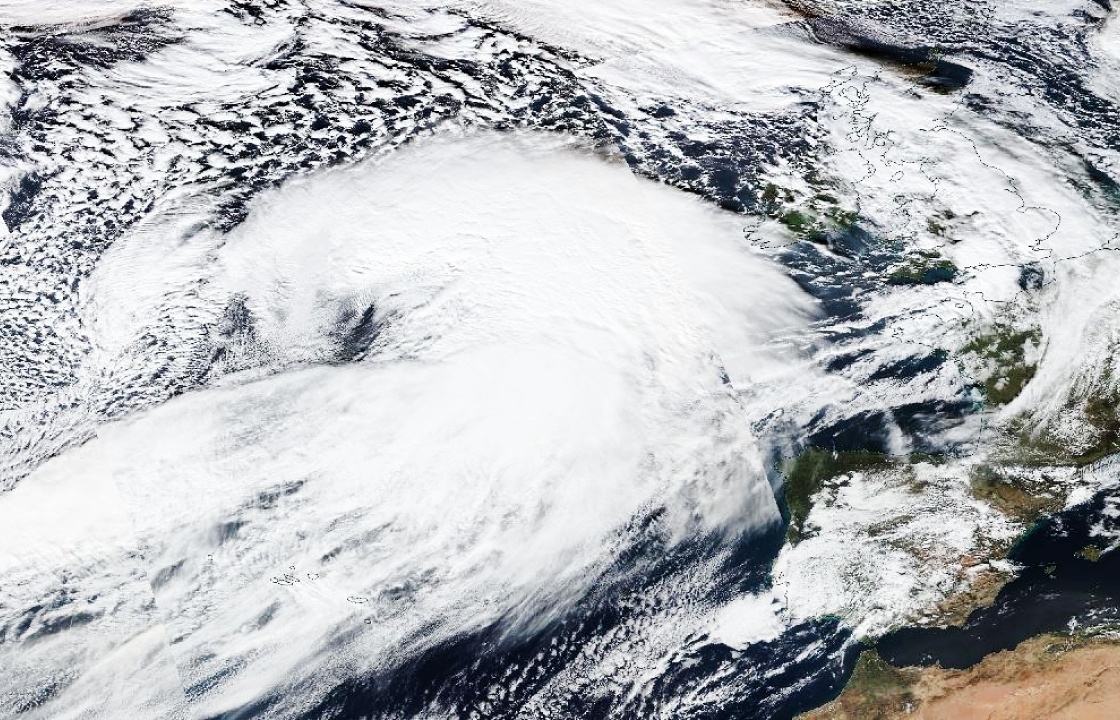U.S. Hotel Profits Per Room Cratered to Losses in March

Skift Take
Gross operating profit per available room at U.S. hotels dropped nearly 102 percent in March, translating to an average 2 percent in losses, according to STR.
Coronavirus hotspots saw some of the worst drops in hotel profits. New York City had the steepest profit decline, with a 203 percent drop, followed by Chicago, at 201 percent, and Seattle, at 158 percent. Upper-upscale properties were the worst performing sector with a 108 percent decline in profits. The cratered performance comes as coronavirus precautionary measures keep travelers at home and hotel occupancy levels at record lows.
“The data is ugly, as to be expected. March is kind of a transition month. There was some impact the first 10 days of the month but not nearly what we’re seeing now,” STR Senior Director of Financial Performance Joseph Rael said. “We’d expect April data to be even worse. The encouraging thing is, when you look at our daily data, we’re slowly starting to see occupancies and [revenue per available room] moving in the right direction. I wouldn’t say recovering, but we’re better than the previous couple of weeks.”
Get the Latest on Coronavirus and the Travel Industry on Skift's Liveblog
STR typically releases annual profit and loss reports, but the firm is adding a monthly report in response to clients seeking hotel performance data beyond RevPAR, historically the industry’s go-to metric. Analysts turned to other metrics like occupancy and profit margins during the downturn to provide a fuller picture of the hotel industry's performance, or lack thereof.
“We’ve heard from our clients they want more detailed data from us,” Rael said. “The P&L basically gives you everything.”
The U.S. hotel industry expected a slowdown in 2020, as new supply delivered and the country entered a very late stage of its more than 10-year economic expansion. But coronavirus accelerated the predicted market correction to an unprecedented nosedive.
Hotel occupancy levels hit single digits. Demand dropped 41 percent in March and 14 percent for the entire first quarter, according to CBRE Hotels Research. The real estate firm predicts a 46 percent decline in revenue per available room, or RevPAR, for the year. The previous worst year on record was the 25 percent RevPAR decline seen in 1932.
“All those historical conventions and rules of thumb have been blown out the window. It’s now really about cash,” CBRE Hotels Director of Research Information Services Robert Mandelbaum said. “Owners are asking themselves if they have enough cash to get through this just to sustain the operation.”
With occupancy levels so low, it is almost impossible for hoteliers to generate enough revenue to cover operating expenses let alone debt service obligations. Many have decided to temporarily suspend operations until some level of travel demand returns. More than 5,000 U.S. hotels have closed as a result of depleted demand, according to CBRE. Mandelbaum still expects many of those to reopen.
“I think it’ll be a ramp-up period,” Mandelbaum said. “Revenue growth is looking good into 2021, but it could take a while to return to the levels we achieved in 2019.”




